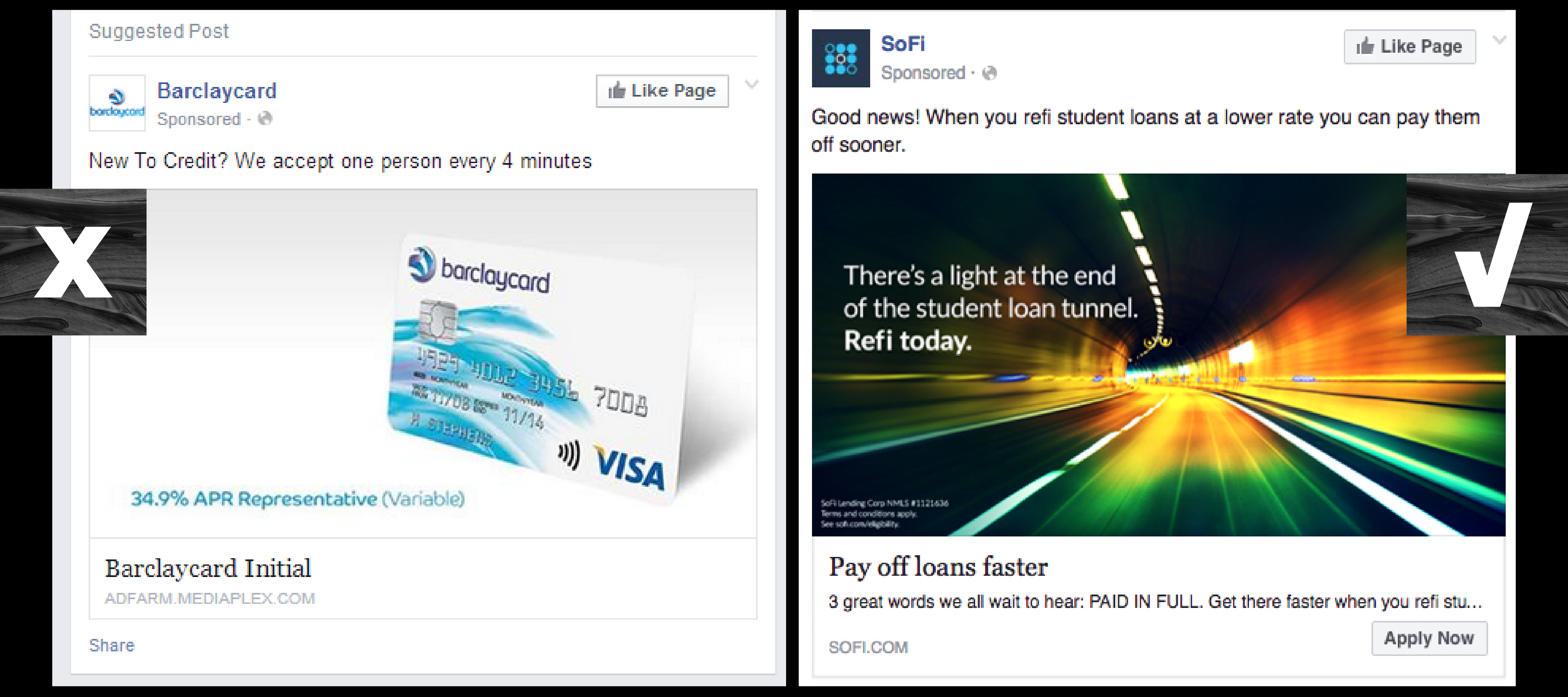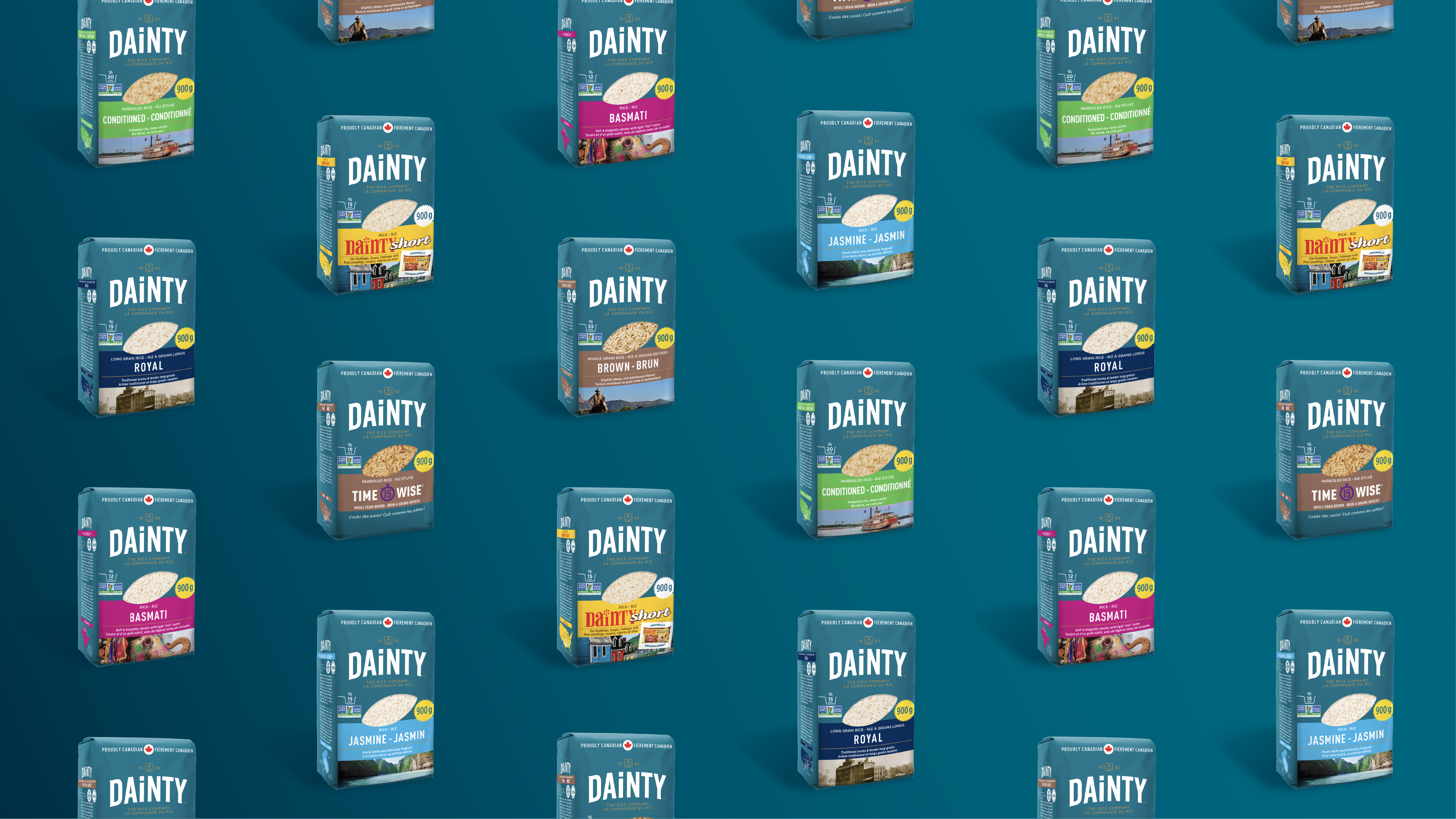Internet users are inundated with content from the second they open their eyes to switch off their phone alarm to when they complete their final TikTok scroll in bed during the late hours of the evening. On average, Canadian are spending upwards of 6 hours a day staring at different screens and thus, are constantly being served ads, content, images, videos, memes, product listings, and beyond. With constantly being flooded with information, you have just one shot to grab your target audience’s attention. While we can’t give you a fool-proof solution to generating sales or brand awareness – we CAN give you some tidbits of information that may help pique your audiences’ interests while they scroll their phones in a lineup or while in the loo:
01. Clearly tell your users what you want them to do
Your ad might be the creme of the crop when it comes to creative elements and copy, but a simple blunder in your call-to-action (CTA) could completely derail the intent of your ad and your audience’s understanding of what to do after encountering it. Bear in mind that some ad platforms automatically include a button during the ad generation process and offer a variety of title options, however, not all options are available across all platforms. Ahead of launching any ad, ensure that your CTA directly reflects your campaign goals and is clearly visible. For example:
- Goal: To generate sales. Button: Shop Now.
- Goal: To distribute information. Button: Learn More.
- Goal: To make a direct connection. Button: Call Now.
02. Keep messaging simple and on brand
That sophisticated, wordy, and detailed message may be a work of art on paper, but when it comes to capturing your audiences, you may lose them in the opening three words. By keeping messaging simple, engaging, and on brand, you are sure to attract your audiences and retain their attention. Some tips to keep in mind:
- Simplify your terminology, for example: best vs. exceptional, get vs. obtain, etc.
- Keep messaging at an 8th-grade reading level, unless a higher reading level is more appropriate for your target audience
- Studies have shown that the higher your reading level is, the fewer people are able to comprehend it, impacting accessibility and creating socio-economic divides
- Keep messaging short and punchy – in most instances, 50 characters or less can do the trick
03. Avoid featuring platform-specific colour palettes

The second a user opens a social media app, they are hit over the head with stunning photos and imagery that are inherently colourful and often vibrant. It can be easy for ads to get lost in the shuffle, particularly if their colour palette aligns with those of the platforms they’re appearing on. As such, colour combinations to avoid include:
- Light blue, white – Facebook
- Red, purple, orange – Instagram
- Blue, white – Twitter
- Blue, white, beige – LinkedIn
- Red, white – Pinterest
- Red, white, black – YouTube
- Black, white, red, teal – TikTok
04. On your mark, get set, track.
Ever start a workout and halfway through realize you forgot to turn on your Fitbit/Apple Watch and you are saddened knowing those burned calories haven’t been counted? That’s what it feels like when you launch an ad campaign without ensuring all tracking parameters are in place. Without keeping tabs on your ultimate goal, it’s hard to determine whether your ads are converting and which are getting the best results. Thankfully, most platforms offer their own pixel code (cookies) tracking that can be added to your website. Google’s newest analytics property, GA4, also comes with some tricks for customizing what data you can collect based on landing page events. Tracking options include:
- Facebook/Instagram – Pixel and API
- Twitter – Pixel
- LinkedIn – Pixel
- TikTok – Custom metrics per video
- Pinterest – Pixel
- Google Ads – conversion tracking code
- Google Analytics
- GA4 & GTM integration for event tracking
- Campaign URL Tracking: this can be leveraged across all ads as a fail-safe. A customized code is added to the end of the destination URL and the data is then fed into Analytics
While there are dozens of digital ad best practices we could dive into, these four small tips can make a huge impact on your campaign’s success. However, no campaign can take off without a solid foundation. Ahead of ad generation, make sure you have clearly identified your campaign’s goals, target audiences, desired spend, and timelines to keep everyone, and everything, on the on the path to victory!




